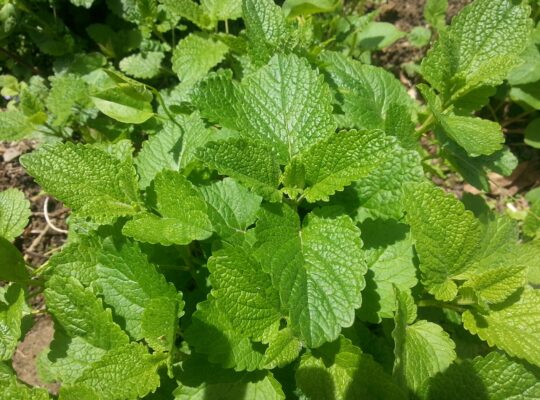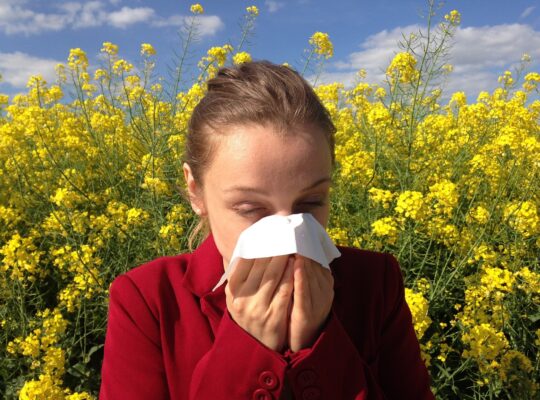Seasonal allergies may change throughout the year, but they typically represent the same symptoms, such as runny rose, watery eyes, coughing, and sneezing. If you notice you only get these symptoms in the fall, you probably have fall allergies better known as hay fever. Here are some ways to find some relief.
Types of Allergies in the Fall
Let’s start with the types of allergens you might experience in the fall season. Typically, when you have allergy symptoms in the fall or Autumn season, it is from weed pollen. This occurs near the end of the summer and the beginning of fall.
There are many types of weed pollen, with ragweed being among the most common. The types of weed pollen you might be exposed to depend on where you live, but some others to be aware of include: burning bush, mugwort, sagebrush, tumbleweed, Russian thistle, pigweed, and cocklebur. Aside from pollen, you might also experience allergy symptoms from dust in your home and pet dander, which are year-round allergens.
Signs of Fall Allergies
The allergy symptoms you experience in the fall are similar to allergies at any time of the year. However, it might first appear like a cold since you get these symptoms in the colder months. Some signs to look out for include: watery eyes, runny rose, itchy eyes, itchy nose, coughing, and sneezing. The most common are going to affect your eyes and nose, such as having red eyes that keep burning and itching, and a runny nose.
4 Ways to Reduce Your Allergy Symptoms:
Stay inside on high pollen [count] days. Check your forecast each day to see what the pollen count is outdoors. This should let you know when it is a little too high for your allergy issues, and when you should spend more time indoors.
Reduce indoor allergens. While many fall allergies exist outdoors, you still need to be aware of those indoor allergies. This means watching out for pet dander, looking for signs of mold, and cleaning often to reduce dust allergens. If you haven’t done so, change out your air filter, and consider adding a humidifier and/or an air purifier.
Take your allergy meds. Unfortunately, if your allergy symptoms are moderate or severe, you still need to take medication. However, allergy meds can be a little harsh, so try to avoid your allergens first.
Eat responsibly. As the seasons’ change, so should our diet, especially since it means less sunlight, which means a decrease in Vitamin DVitamin D, often referred to as the "sunshine vitamin," is crucial for various physiological processes in the body. Its primary role is in calcium absorption and bone health, as it absorption. Withing eating for the season and staying hydrated with warm soups and teas, our immune system won’t be able to fight out the increased chance of sickness in the fall (or even the winter). Always give your body time to adjust to eating healthier fruits and veggies, but also be mindful that some foods may contribute to your symptoms, and take note if certain symptoms worse within the first few hours of eating. If that’s the case, an elimination diet may be necessary to find the suspected food.
Remember that you can’t always prevent fall allergy symptoms, but you can pay attention to your body and seek out remedies and self-care techniques that bring relief.

